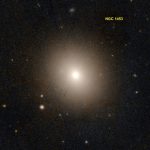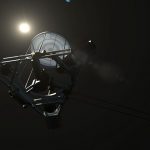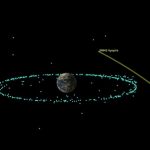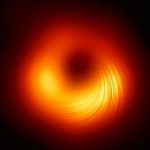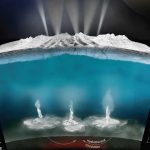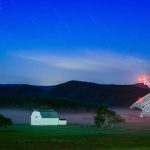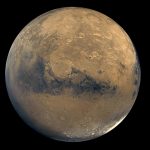Scientists capture the magnetic fields at edge of this black hole
Black holes don't just take in matter. They also spit it out.
From their polar regions, they can launch massive jets of energetic plasma that...
How fast is the universe expanding?
Determining how rapidly the universe is expanding is key to understanding our cosmic fate, but along with more precise data comes a conundrum.
Estimates based...
Gravitational lenses could allow a galaxy-wide Internet
As Carl Sagan once said, “The sky calls to us. If we do not destroy ourselves, we will one day venture to the stars.”
And...
Earth is safe from asteroid Apophis for 100-plus years, shows NASA study
The near-Earth object was thought to pose a slight risk of impacting Earth in 2068, but now radar observations have ruled that out.
After its...
Scientists capture the first image of black hole’s magnetic fields
This is the first time scientists have imaged magnetic fields so close to a black hole.
Astronomers have now obtained a new view of the...
Exoplanets with underground oceans are more likely to support life
Interior water ocean worlds like Saturn’s moon, Enceladus, are prevalent throughout the universe.
New research from Southwest Research Institute suggests that layers of rock...
Scientists find complex carbon-based molecules in space
Much of the carbon in space is believed to exist in the form of large molecules called polycyclic aromatic hydrocarbons (PAHs).
Since the 1980s, circumstantial...
What is life? And will we find it on other planets
How did life get started on Earth?
And how are we using what we know to look for it throughout the galaxy?
Chemistry is helping us...
Mars’ water is trapped in its crust, not escaped into space, shows new study
Large quantity of the Red Planet’s water is trapped in its crust rather than having escaped into space, shows new study.
Billions of years ago,...
Satellite constellation could boost Wi-Fi on planes soon
Flight passengers will soon be able to connect to their families and colleagues on Earth via low-orbit telecommunications satellites.
Speeds will be comparable to those...


